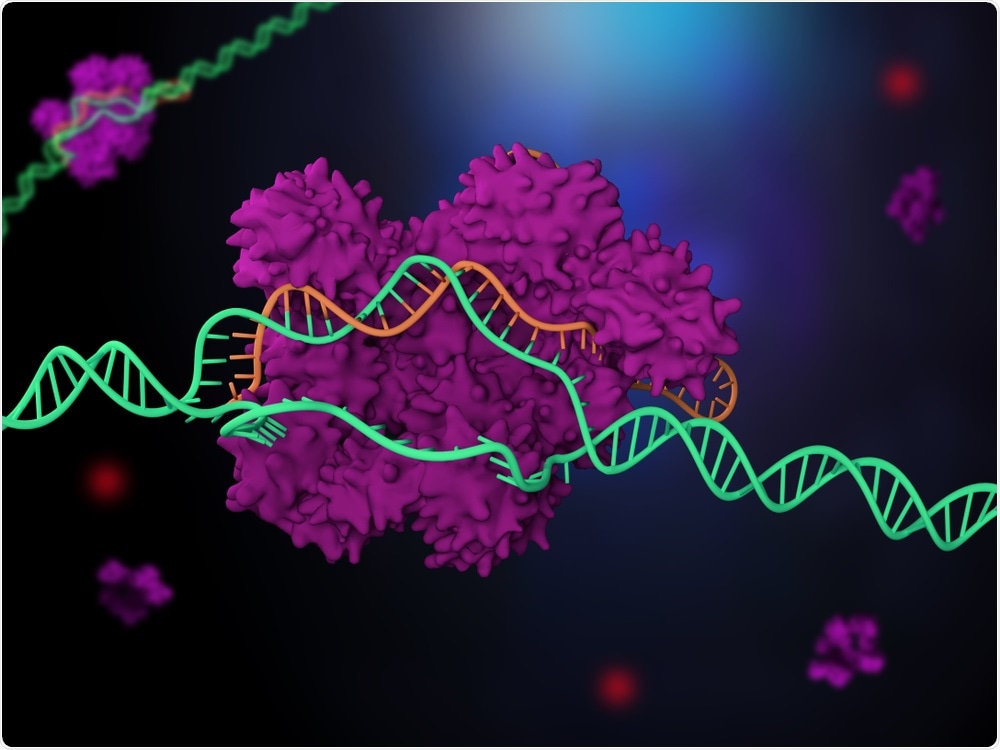CRISPR has frequently made headlines in recent years as scientists develop it to address some of the medical sector’s most pressing challenges. However, most of the advancements that have been made in this area have been due to applications of the CRISPR-Cas9 gene-editing tool, but scientists have emphasized that this is just a small portion of the total potentiality achievable with CRISPR.
Now, scientists at North Carolina’s Duke University have successfully developed a different kind of CRISPR technology, which not only has added to the toolbox of genetic engineering devices, but has also opened up a world of possibility to future developments in the genetic engineering space.
 Meletios Verras | Shutterstock
Meletios Verras | Shutterstock
Class 1 has been overlooked
What biomedical engineers have achieved at Duke is the demonstration that Class 1 CRISPR systems that have until now been largely unexplored can, in fact, be successfully utilized in editing genomes in human cells. The impact of the new research into Class 1 CRISPR systems is expected to inaugurate an entirely new sector of gene engineering technology.
Class 1 vs class 2
For years, scientists have worked on developing methods to exploit the CRISPR-Cas system in order to target and edit DNA in human cells. Naturally, it is a defense system where CRISPR-associated (Cas) proteins together with RNA molecules are used by bacteria to specifically target and eradicate the DNA of an infecting virus.
Numerous applications that have harnessed the mechanisms of this system have mostly focused on the Cas-9 system, which is a class 2 system. Cas-9 has been shown on numerous occasions to be able to successfully edit human DNA by cutting it at the targeted location, and once cut, genetic material can be added or deleted.
Surprisingly, class 2 systems only represent around 10% of CRISPR-Cas systems for use in human cells. The reason for the focus on them is because they have been deemed simpler to work with.
While some revolutionary developments have been made with class 2, the scientists were inspired to look into class 1 CRISPR-Cas systems to see if they could get them to work in human cells similar to how Cas9 works.
Could we use class 1 systems to edit the human genome?
Class 1 systems are more complex than class 2; they rely on numerous proteins in harmony within a cascade (CRISPR-associated complex for antiviral defense). In fact, 90 percent of bacteria use the class 1 system, making it a significant font of potential biotechnology tools.
The Duke team recognized this untapped potential and have demonstrated CRISPR class 1’s potential through their recent research. Their research saw gene activators attached to specific sites on a type I E. coli cascade complex. The researchers then targeted the system to bind gene promoters.
The results of the experiment showed that through targeting to these gene promotors, gene expression levels could be controlled for. They found they could increase the levels of a target gene or go the opposite way and switch it off.
The findings show that class 1 mechanisms have to ability to edit human DNA with a similar impact to Cas-9 systems, but without cutting, adding or removing genetic information.
The future looks bright
The researchers at Duke have opened up a world of possibility for developing new gene-editing tools. No longer restricted to focussing on Cas-9, the team have demonstrated that class 1 systems can be manipulated to edit human DNA in different ways but with similar impact.
At present, the team has merely shown that the class 1 systems are compatible to Cas-9, the future will see the exploration of how these systems are beneficially different, and what biotechnology applications could be developed from them.
The team will now look into potential therapeutic applications. It is clear that the full potential of CRISPR is still unknown, and applications outside of this area still need to be explored.
Journal reference:
Pickar-Oliver, A., et al. (2019).Targeted transcriptional modulation with type I CRISPR–Cas systems in human cells. Nature Biotechnology.